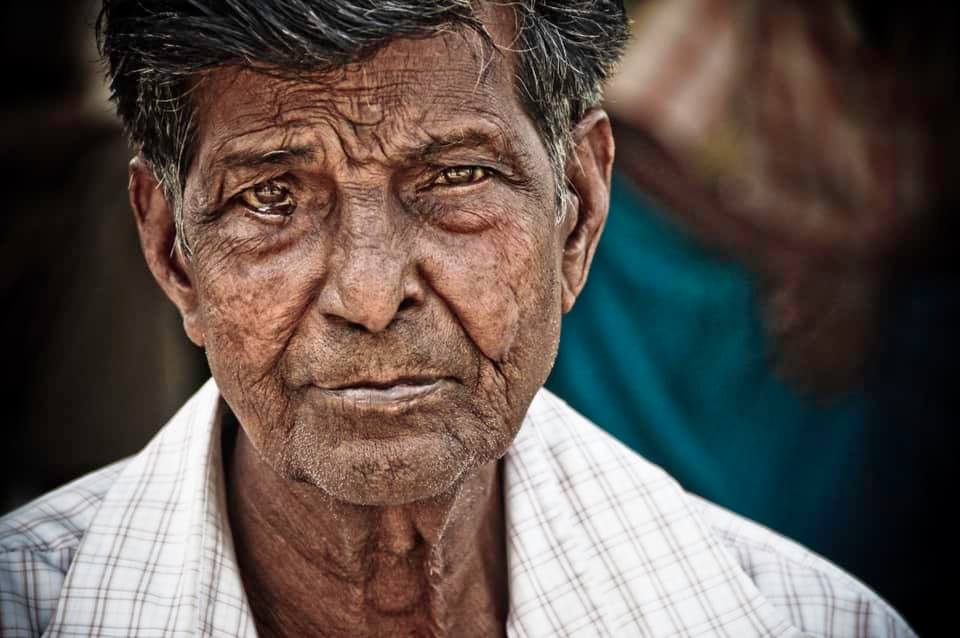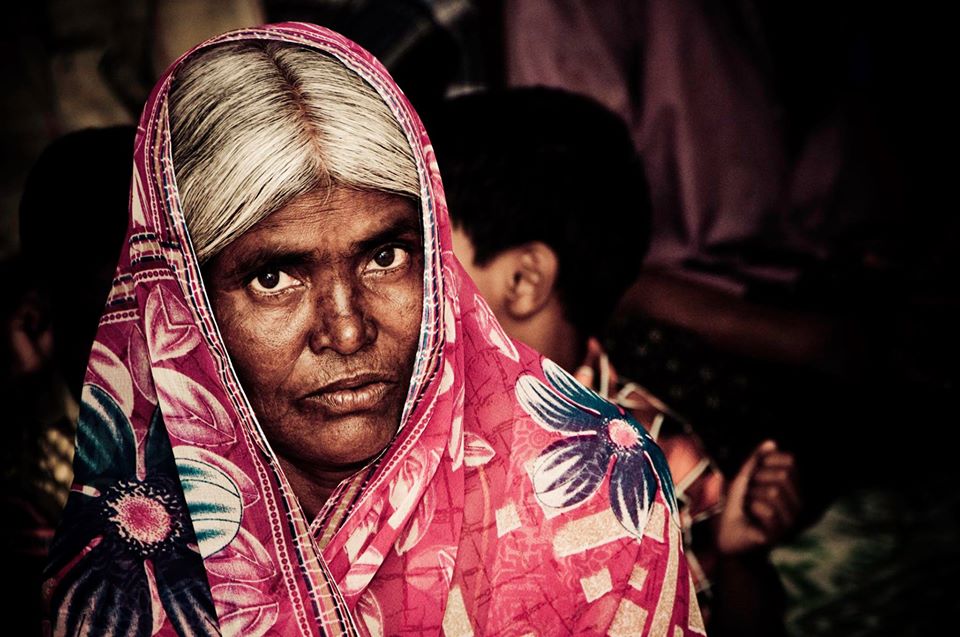Throughout the Bible, we meet people living with leprosy. At city gates, on the border of neighboring countries, in small towns, and along the roads of Jerusalem, men, women, and children lived with what was considered an unclean disease. A disease that made them outcasts from the rest of society.
But, Jesus being Jesus, wasn’t afraid of leprosy. In fact, the Bible says that as he traveled along the border between Samaria and Galilee, he was greeted by ten men who had leprosy and cured them with just a word.
Leprosy was a cruel and debilitating disease that not only stole someone’s comfort but stole their freedom and their ability to connect with others in the community. Along with blindness, nerve damage, and muscle weakness, it also caused shame and isolation.
Our goal is to continue Jesus’ work of healing and restoration by bringing awareness and care to people and their families affected by leprosy.
But before we can do any of this, we have to truly understand the complexities of leprosy. Before we can provide adequate spiritual, nutritional, educational, and medical care for those currently living with this condition, we have to have a deep understanding of what it is, where it comes from, and how we can change it.
 What is leprosy?
What is leprosy?
Leprosy dates back to 2000 B.C and is a mildly infectious condition that affects the nerves, eyes, skin, and mucous membranes of the upper respiratory tract in over 200,000 people worldwide. This number is down 5.2 million since the ’80s, which means we’re slowly but surely moving towards total eradication of this debilitating disease. (Thanks, Jesus!)
It’s caused by coming in contact with Mycobacterium leprae, which multiplies slowly. People with leprosy don’t always know they have it right away, as symptoms can remain dormant for 3-5 years. The disease is transmitted through coughing, sneezing, or coming in contact with an untreated wound.
The good news? Most people are immune.
Where are the symptoms?
There’s no hiding the symptoms of leprosy. It can cause loss of sensation in the hands, feet, legs, and arms, muscle weakness, and discolored patches of skin across the body. Nerve damage causes the fingers to curl, and nerve damage in the face makes it hard to blink, which leads to dryness, ulcers, and blindness. As the disease progresses, patients lose a lot of their independence and face extreme discomfort and isolation.
What are the common myths about leprosy?
To spread awareness about what leprosy is, it is essential to know that it is not.
Myth: Leprosy is easy to catch.
Fact: 95% of adults have an immune system strong enough to fight leprosy and never contract the disease. Leprosy is not something to be scared of.
Myth: Leprosy makes your limbs fall off.
Fact: Leprosy causes the fingers and toes to go numb. This makes it easy for people living with leprosy to hurt or burn themselves without knowing it. Since they don’t feel pain in these areas, wounds in fingers, toes, and feet can go uncured and lead to infection. If left untreated, the body may absorb the infected digit. Leprosy doesn’t cause your limbs to fall off.
Myth: Leprosy is terminal
Fact: Leprosy is treatable! When diagnosed in its early stages, multidrug treatment plans can cure leprosy and avoid deformation and disability.
Myth: People living with leprosy need to live in isolation, away from healthy people to avoid cross-contamination
Fact: Thanks to modern medicine, people living with leprosy who are actively being treated by antibiotics, can live normal lives, within their communities, surrounded by family and friends.
How is leprosy cured?
The cure for leprosy is found in multidrug therapy, or MDT. This combination of drugs is administered over 6-12 months, but people start seeing a reduction in their symptoms and better quality of life soon after starting MTD. Also, shortly after the MDT begins, the person is no longer contagious. MTD is safe and easy to administer.

Is it ok to use the term leper?
No. This is a hurtful and outdated term that focuses more on the disease than the person with the disease. Leprosy should not define someone, and the label can be insensitive. Instead, we say “someone living with leprosy” because that’s what they are: A real person who matters to God, who just happens to have a medical condition.
What can I do to help?
We can’t do this alone, and your willingness to serve and help blesses people in ways you will never know. We could use your help in many ways:
- Pray. This is the biggest, most significant thing you can do. We wholeheartedly believe in the power of prayer and know God hears us. Join us in praying for wisdom, healing, understanding, compassion, protection, safety, and restoration for people living with leprosy, their families, and those serving.
- Please share what you’ve learned about leprosy and the Embrace a Village vision on social media. We take our responsibility of protecting those we serve very seriously, so to protect our friends, especially in an area with such strict religious regulations. You can say that we serve in South Asia.
- If you would like to support this cause financially, we would humbly accept your donation. Learn more about donating here.
Our vision is to see spiritual, physical, and social transformations in the lives of people with leprosy and their families. Will you join us in this race? It won’t be easy, but Jesus never said it would be. He said he’d stick by us when it’s hard.
Will you stick by us too?
